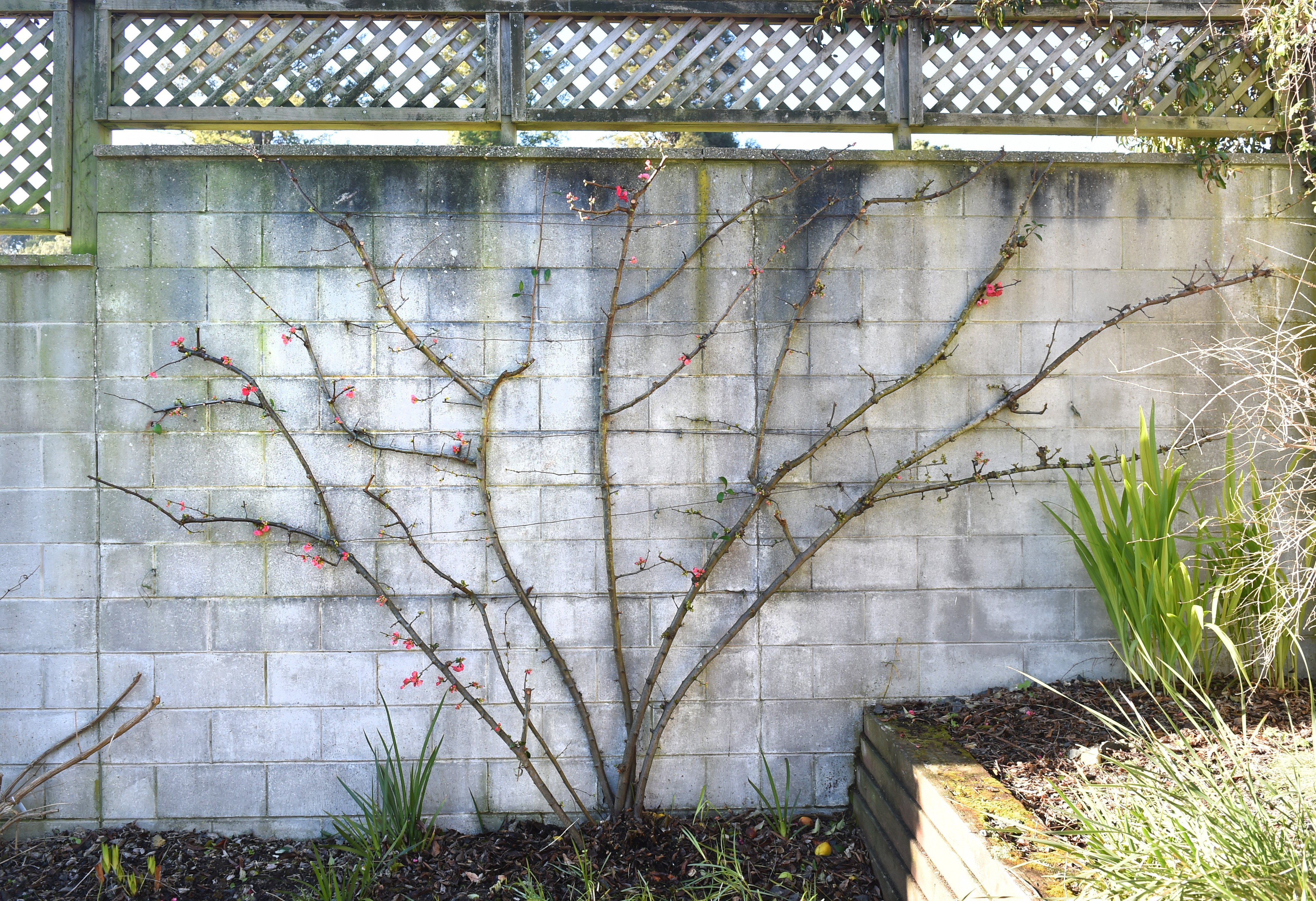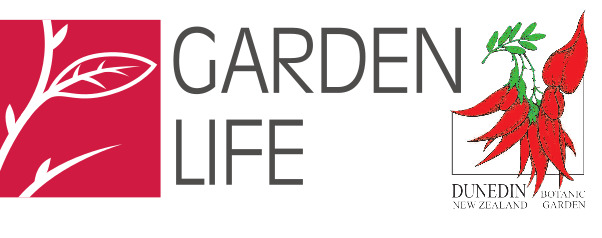
The concept of espaliering is new to me as an apprentice at the garden. It is one that I have passively observed in gardens over the years, but one I did not realise there was a specific name for, or entire gardening practice dedicated to.
This practice is common in the worlds of amenity horticulture and food production. A great example of espalier here at the botanic garden can be found in the pergola garden, hidden above the South African border. Outside of the garden, kiwifruit, apples and pears are all commonly espaliered as a central method of production.
Regardless, benefits for all plants can include increased light exposure and shelter, more efficient use of space and simplified maintenance.
In private gardens, this practice can also be used to increase privacy and avoid any unwanted interactions.
One day, in my personal garden, I hope to have a variety of espaliers.
I think they add an element of sophistication to any space and present a healthy challenge when it comes to maintenance.
Kate Moss-Mason is the plant propagation apprentice at the Dunedin Botanic Garden.












